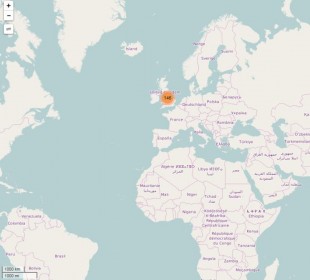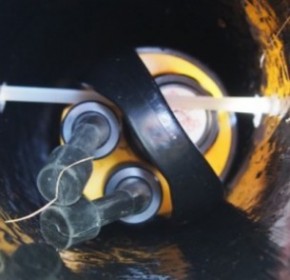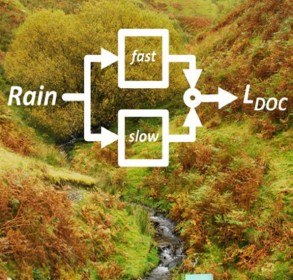SMART Watershed Network
a platform for evaluating the latest hydrological, climatic and water quality sensors and in parallel evaluating the latest dynamic models of these resultant high frequency data
About the SMART Watershed Network.....
A platform showcasing the latest hydrological and water quality sensors and demonstrating the latest dynamic models of the resultant high frequency data
SMART watersheds
The latest sensor technology allows high-frequency, in-situ measurement of hydroclimatological, hydrological and water quality variables continuously over long time periods. High-frequency can mean sub-hourly measurements, which is a step-change from the traditional weekly or monthly sampling of, for example, stream chemistry variables. This new fine-resolution data has the potential to greatly develop our understanding of hydrochemical behaviour and watershed processes.
This site showcases a set of experimental watersheds where this SMART sensor systems technology is being used to investigate the dynamics of water quality variables, alongside associated hydrometric and climatic variables. SMART models are also introduced, which are capable of extracting information from these high-quality and high-frequency datasets with explicit uncertainty analysis.

Who we are
We are a research network based at Lancaster Environment Centre with a focus on rainfall-runoff processes, and how they regulate water quality dynamics. We have expertise in:
- Water quality monitoring in experimental watersheds; and
- Use of SMART ‘model identification routines’ to extract the dominant dynamics in these datasets.
We have developed monitoring expertise at sites in mid-Wales (UK) and are now transferring the application of this technology to sites in the humid tropics, specifically watersheds in the Western Ghats mountains of India, and the Baru watershed in Sabah, Borneo.
The need for a SMART Watershed Network:
- There is a lack of high-frequency (i.e. sub-hourly) hydrochemical monitoring of streams over periods greater than a single storm event. Water quality is more usually measured at weekly to monthly intervals causing short-term dynamic behaviour to be lost or misrepresented;
- High-frequency measurements are expected to give rise to new understanding in watershed hydrology, such as by shedding new light on the role of hydrological processes in driving variability in stream water chemistry, and how hydrological and water quality models might best capture complex watershed behaviour at different timescales (see for example Kirchner et al., 2004);
- A network is needed to share experiences and best-practice in an area that is rapidly developing, and to enable technology transfer from temperate to tropical watersheds.
©2015 Lancaster University


